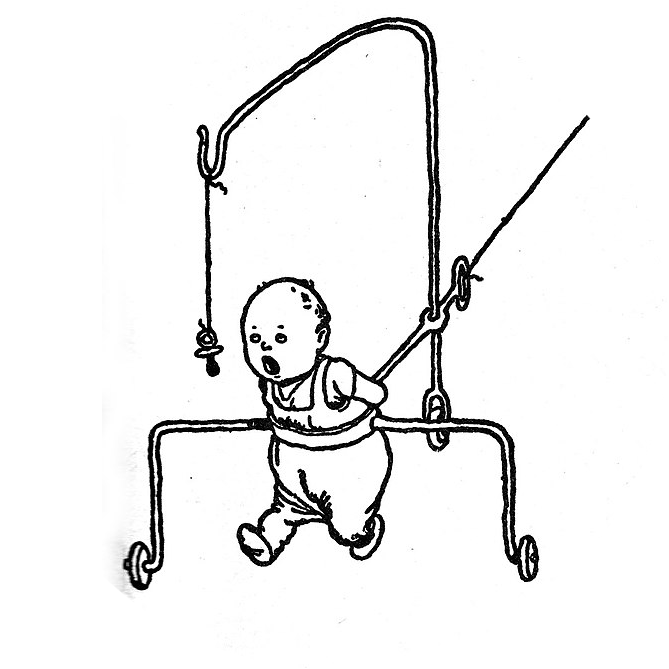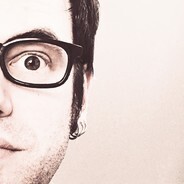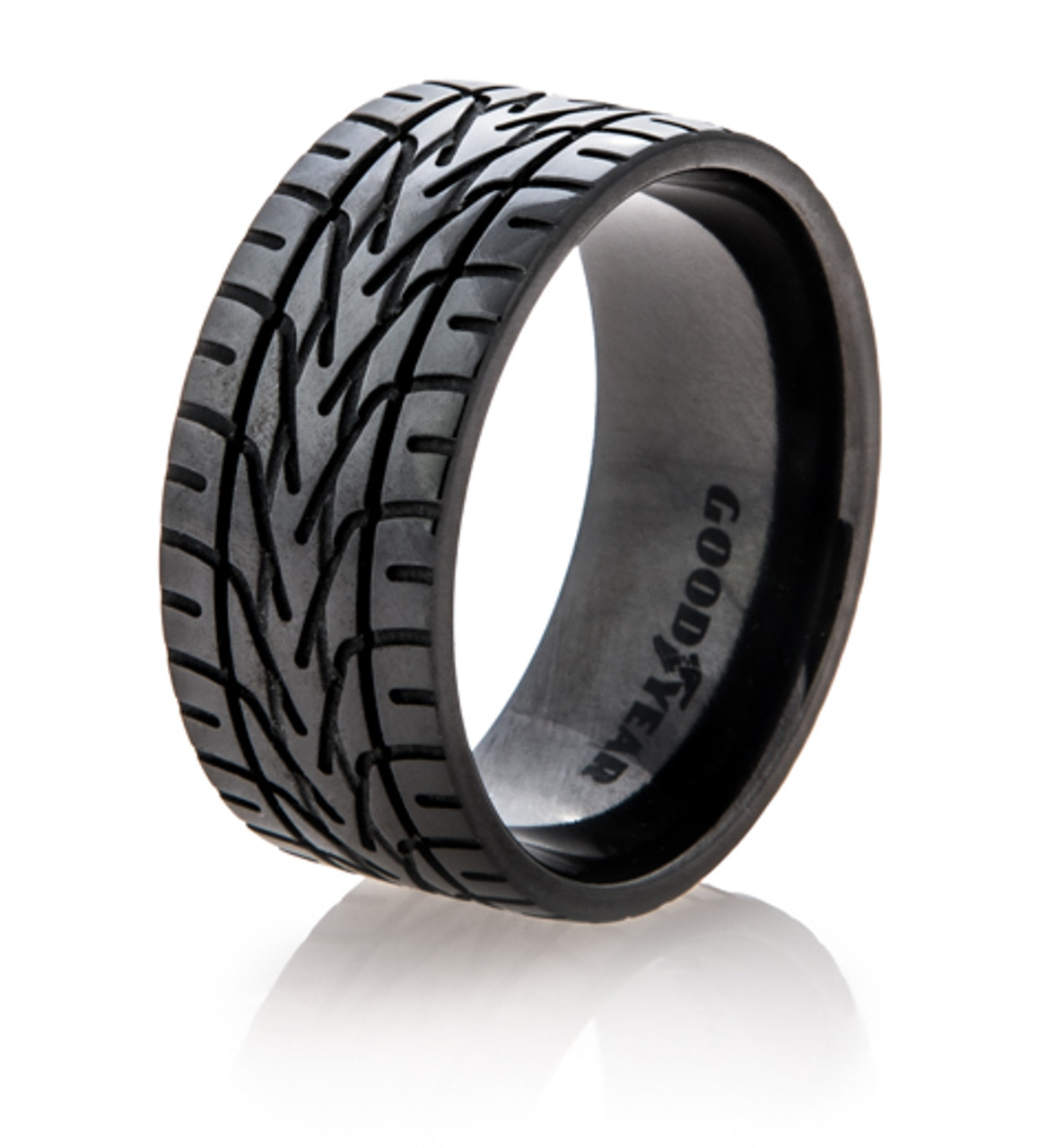Sister was messing around with a UV light and noticed this on her phone screen under it. My phone does not have this (all I get is a grid of dots I’m pretty sure are to do with the touch screen).
Might be the glue holding it in place.
OCA (optically clear adhesive) is spread as a thin layer between the digitizer and display. Any gaps would be easily visible with the naked eye.
Also, it’s cured with UV, but I’ve never seen it fluoresce.
All glowing unknowns under a UV light are considered Cum unless proven otherwise
Would have been a lot more fun if the hand was speckled with suspicious white stains!
Google Gemini says:
The oval shape you’re seeing on your Pixel 8’s screen when exposed to UV light is likely due to the adhesive used within the phone’s display assembly. Here’s why:
- UV-reactive adhesive: Many modern phones use adhesives that contain fluorescent materials. These materials glow when exposed to UV light.
- Display layers: The adhesive is typically used to bond the various layers of the display (such as the glass, touch sensor, and LCD/OLED panel) together.
- Visible pattern: The pattern of the adhesive can sometimes be seen as an oval shape or other pattern when viewed under UV light. Important Note: While this is a common occurrence and generally harmless, it’s always a good idea to avoid prolonged exposure of your phone to UV light. Excessive UV exposure can potentially damage the phone’s screen or other components over time. Let me know if you have any other questions.
Why are you getting downvoted? Because it’s an LLM response? There are others here that have suggested some of the same as this LLM response and they’re not being downvoted, so is it just the “AI is bad!!1!!!1” reaction?
(Serious question)
For me it’s not “AI bad” it’s a matter of coming here to talk to other people and to read what other people are saying.
If I wanted to hear what ChatGPT or Claude thinks, I would go ask them.
I’m fine with “I checked with a LLM and it suggested screen adhesive.” I guess. Things describing one’s experience. But just dumping output… sigh.
I don’t really care.
I’ve been using Gemini on my phone now just to test how good it is.
It still hallucinates quite a lot, like wrong dates for movie releases or stuff like that, but a lot of the times it’s actually been useful. Cooking related things it does pretty well, as the info on those isn’t really that varied and never political or anything so.
It’s still a tremendous waste of energy and water resources, take two seconds extra to click a search result.
Well the AI’s themselves are yeah, but it’d take me a lot longer to write that down into google instead of just saying “Hey Google, I’m shining a UV light on a pixel 8, what’s that oval on the screen”.
I’m not gonna refrain from using them as if me quitting them would make any difference to the global energy consumption.
I don’t even aways wash the jam jars I throw to the glass recycling and sometimes I won’t bother to rip the small bits of plastic from juices cans to toss them into cardboard recycling, so I’ll just toss the entire thing to the burnable waste bin.
And despite knowing I could be more helpful, I find that the largest issues aren’t on the level of the consumer and my choices make very little difference.
I like talking to Gemini to a) see what it can and can’t do and b) improve it through use.
I’m honestly considering getting the pro for at least the 30 days trial. But I’m gonna put that off for now.
Before Gemini I used the Google Assistant. It gives shorter answers and is better and some things, but I mostly use it to control my smart lighting and for that both work equally well and Gemini’s voice(s) is(/are) more pleasing.
The other day I got Gemini to admit Google is lying to me. Took less than 10 minutes. I was just amusing my self and probing the edges of Gemini’s behaviour. (I got a recording if anyone wants to see it)
If you’re willing to pay for AI, I feel Gemini is a bad bet. I’ve got far better results from ChatGPT (free version).
You can never trust a factual response from an LLM. Plain and simple. It’ll answer with confidence whether the information it comes up with is true or false.
Commeters presenting its answer as fact is not helping a discussion based on finding the answer.
Probably. LLMs are good at summarizing search results - but they represent everything as true whether it is or not.
OCA is applied from edge to edge. If it was the adhesive, the whole screen would be lighting up. Also, OCA is cured with UV light, but it doesn’t fluoresce.
Well I don’t want to paste another Gemini response as Lemmy seems to hate it so (and I do too when someone is pretending like the text their showing is isn’t LLM created, when it is.)
Anyway I rephrased the question and added your info to it. It suggests the shape might be due to a polariser film, but I don’t agree with that as it too would fill the whole screen.
Gemini points out that it might be another part of the screen stack. Which I wouldn’t agree with. When you buy a replacement “screen”, you’re actually buying a stack of components and maybe one of those assembly processed uses a UV-fluorescent glue or component.
Who knows imagine a shruggie here im too lazy to copy one and then get the formatting right so it shows up properly even though I now realise it would’ve been faster to do that than write this sentence
Is there a screen protector?
Else this might help narrow things down
https://www.ifixit.com/Guide/Google+Pixel+8a+Screen+Replacement/173219
Assuming it’s the top piece that’s different, the difference would be between these two parts
https://www.ifixit.com/en-ca/products/google-pixel-8a-screen-genuine?variant=43735546953925
https://www.ifixit.com/en-ca/products/google-pixel-8-screen-genuine?variant=42483463651525
The way it’s off center and out of focus, it’s probably a lens flare.







